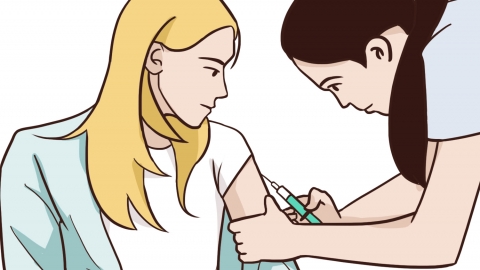Is there a vaccine for herpes virus?
Generally, vaccines are available for certain types of herpes viruses, but they target specific strains and not all herpes viruses have commercially available vaccines. If in doubt, it is recommended to consult a healthcare professional in advance. Detailed analysis is as follows:

Currently available herpes virus vaccines mainly target the varicella-zoster virus and certain types of herpes simplex virus. The varicella-zoster virus vaccine is divided into the chickenpox vaccine and the shingles vaccine; the former is used to prevent chickenpox in children, while the latter aims to reduce the risk of developing shingles and its complications in adults and is clinically well established.
Vaccines targeting herpes simplex virus are currently approved for use in specific regions for certain types, primarily for preventing genital herpes infection or reducing recurrence frequency, but they have not yet achieved widespread global coverage. Vaccines for other types of herpes simplex virus, such as those causing oral herpes (cold sores), are still in the research and development phase and have not yet reached the commercial stage.
Prior to receiving a herpes virus vaccine, individuals should inform their doctor about their health status, allergy history, and prior infection experiences so that the doctor can determine whether vaccination is appropriate. Vaccines cannot replace daily protective measures, and individuals should continue to take care to avoid contact with sources of viral infection to reduce the risk of transmission or infection.







